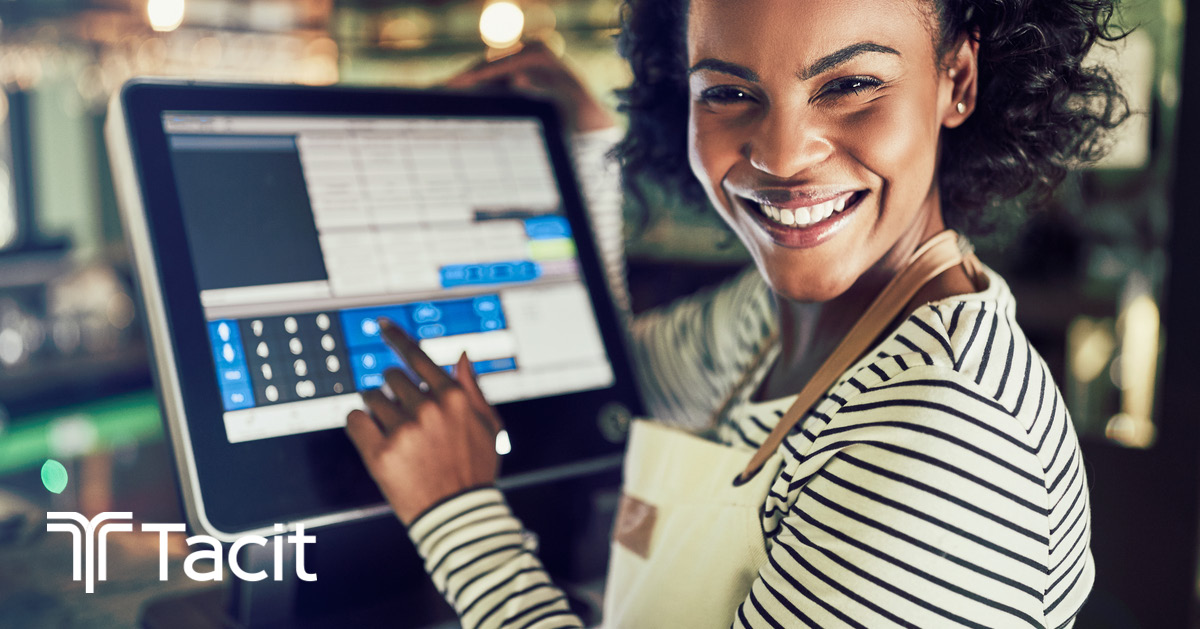09 Sep Digital Food Ordering System: The Features Operators Should Expect
There’s a simple choice to make when it comes to a digital food ordering system. Build your own, working with a partner who has turnkey digital ordering solutions, like Tacit, or work exclusively with a third-party ordering and delivery service, such as UberEats. It’s also...










